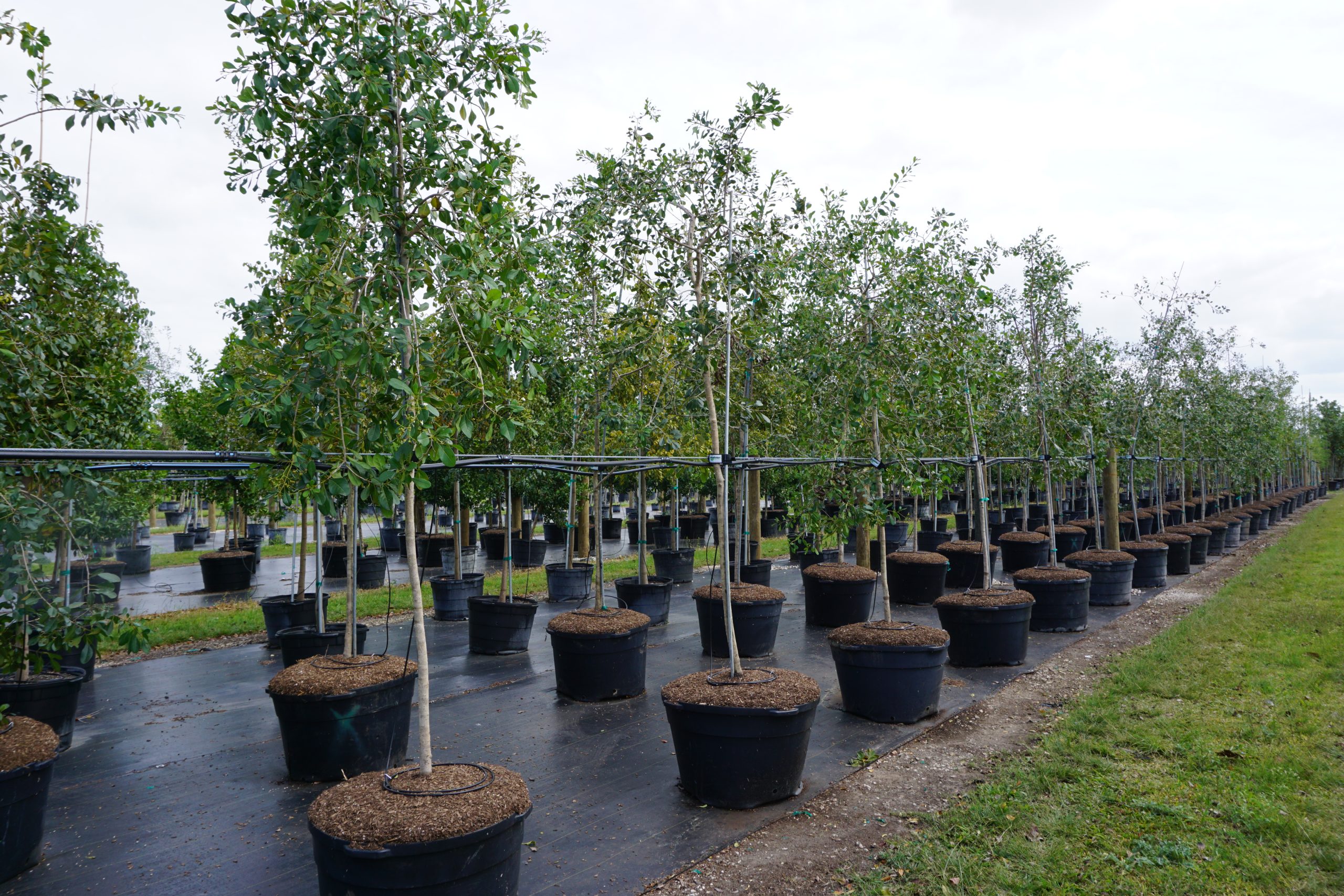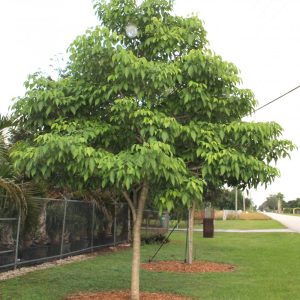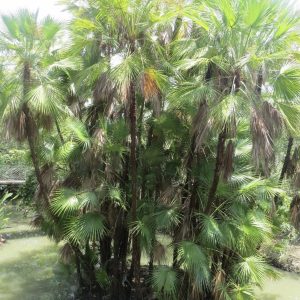Description
Bourreria Succulenta characteristics
Bourreria succulenta (Strong bark) is a small tree or shrub native to the Florida Keys and the West Indies. It is an endangered wild species. It has a narrow, irregular crown, that spreads widely, typically to 15 feet (4.57 m) in height and can be as broad as tall in full sun. The trunk is erect reaching a diameter of 2 to 6 inches (15.24 cm), with thin, brown tinged with red, slightly rough bark. Furthermore, the leaves are alternate, entire, spatulate, a smooth shiny green, and up to 5 inches long. Also, the white flowers are borne in clusters, somewhat showy about 1/2 inch wide. They attract butterflies and other insects. Strong bark is a nectar plant. Its edible fruit is globose, bright to reddish-orange, resembling cherry tomatoes, and attracts birds. Strong bark is propagated by seed. Moreover, the plant has medicinal uses.
Strong Bark Tree in the landscape
In cultivation, Bourreria succulenta (Strong bark) grows well in moist, well-drained limestone or sandy soils with a humus layer. Strong bark is hardy once established. You can prune and train its spreading branches into a shrub or hedge. In landscaping, use Strong Bark as an accent or specimen tree. It is an excellent choice for a native home garden or park.
Also check out, for example, Krug’s Holly. Highly recommended!







